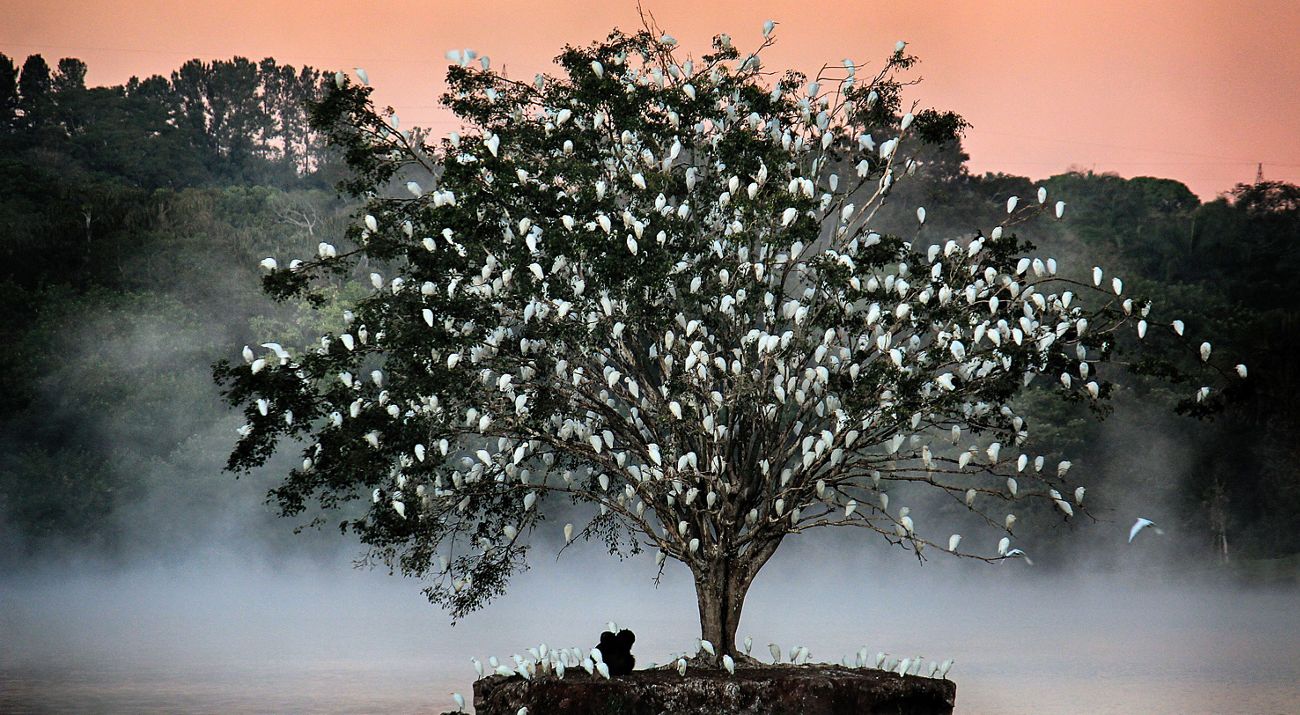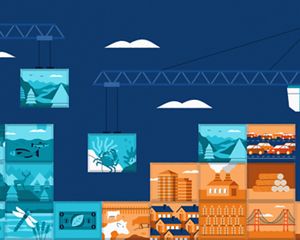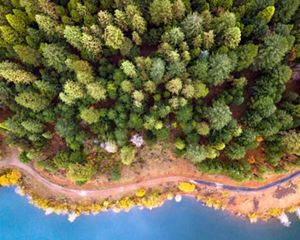A Year On from the World’s Biggest Deal for Nature
Here's where things stand one year since COP15's Global Biodiversity Framework.
A year has passed since the 15th Convention on Biological Diversity (CBD COP15), where world leaders agreed on a global set of goals and targets to halt and reverse nature loss by 2030—the Global Biodiversity Framework (GBF). It’s a significant achievement. We know how essential looking after the natural world is for everything that we depend on to live, to help fight climate change and save so much that we love.
We are now in what’s been termed “the decade of delivery.” So, we’re taking a look at where things stand one year later, what happens next, and how The Nature Conservancy (TNC) is supporting these efforts.
CBD-COP15 Scores Historic Goal for Nature
Long-awaited Global Biodiversity Framework finally makes it across the line.
Read TNC's Media StatementMoney is moving—but more is needed
A sobering caveat to this ambitious plan is that countries with lower capacity may be struggling to address all the new CBD targets. The targets can be incredibly ambitious given other financial challenges, and they require collaboration across ministries to mainstream nature into all government decision making.
In August, as part of the financing deal reached in Montreal, the Global Environment Facility (GEF) set up a fund to move additional cash quickly for biodiversity projects. This supports the GBF agreement to raise $200 billion for nature conservation from public and private sources annually by 2030, with additional targets for wealthier donor countries to facilitate international financial flows of $20 billion per year by 2025 and $30 billion by 2030 to help meet that global goal.
The new GEF fund will make it easier and faster for developing countries to access this financing, with 36% of the money going to least developed countries and small island developing states and 20% toward supporting indigenous peoples and local communities.
Another sign of progress is the 10 Point Plan for Financing Biodiversity (10PP), an initiative launched by the United Kingdom, Gabon, Maldives and Ecuador, which sets out a roadmap for unlocking nature finance from all sources. With endorsement now from 42 countries, a new dashboard shows how we’re progressing a year on toward filling the nature finance gap across a comprehensive suite of measures.
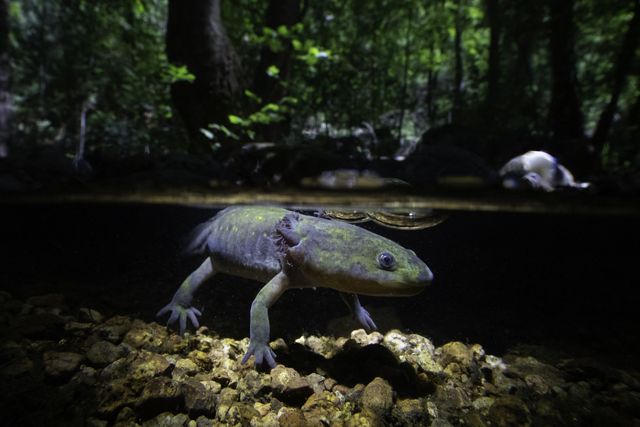
Our global insights, straight to your inbox
Get our latest research, perspectives and solutions to today’s sustainability challenges.
Sign upPlans for action are emerging
Alongside the flow of funds, countries are actively revising and updating their National Biodiversity Strategies and Action Plans (NBSAPs) and developing national targets to align with the Global Biodiversity Framework’s targets. These are due to be made public in time for CBD-COP16 at the end of 2024 in Colombia.
In addition to countries, businesses are also being urged to publish their “nature’ plans.” Research from the World Benchmarking Alliance shows that less than 1% of companies know how much their operations depend on nature. The “It’s Now for Nature” campaign aims to change this. Developed by Business for Nature, a global coalition of more than 85 partner organizations and in collaboration with PwC UK, the campaign calls on businesses to assess and disclose their nature-related risks, impacts, and dependencies, and align their reporting with global goals. TNFD’s Framework which was released in September will help with this. To assist businesses with this process, Business for Nature created a new Nature Strategy Handbook.
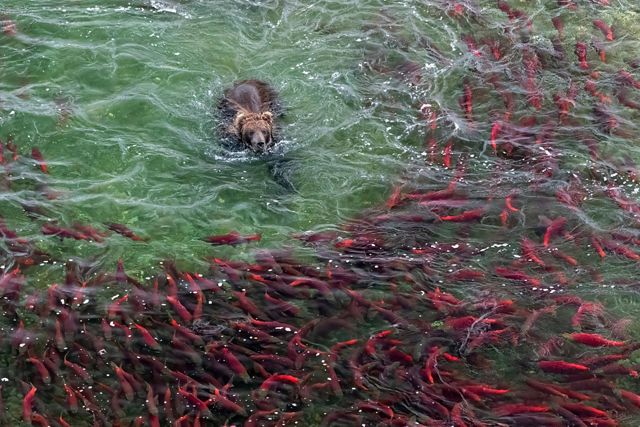
Growing awareness, action and concern
Recent research from GlobeScan reveals nine out of ten experts from across academia, NGOs, business and government view the state of nature and biodiversity as a catastrophic or alarming issue. 90% of experts also say companies need a public nature strategy backed by the CEO or board to effectively protect nature and biodiversity.
Fortunately, this concern is being met with action. The last year has seen several global biodiversity targets support tools and funding-based mechanism launched. These include the NBSAP Accelerator Partnership, supported by Germany and Norway, and the High Ambition Coalition Partnership. Germany has also reinvigorated the Biodiversity Indicators Partnership with an influx of new funding.
Working with the High Ambition Coalition, TNC has spearheaded the development of www.30x30.solutions, a new web-based toolkit designed for governments, conservation practitioners and NGOs to access best-in-class guidance and examples on aspects of the commitment to effectively conserve at least 30% of all ecosystems.
Large scale and long-term finance mechanisms and collaborative efforts like Enduring Earth are advancing landscape-scale conservation projects, covering millions of hectares of critical ecosystems. Innovative financial transactions--include Belize, Ecuador, and Gabon’s debt-for-nature conversions; Barbados' debt refinancing; and Chile and Uruguay’s sustainability-linked bonds—are providing tangible gains in both debt reduction and sustainable financing for conservation. The world’s leading multilateral development banks and bilateral agencies have also just established a task force to explore how they can better provide credit enhancement to take these transactions to scale.
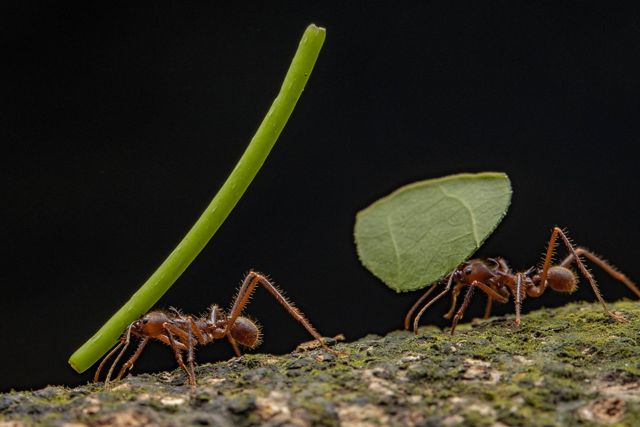
What do we need next at CBD COP16 in 2024?
On the international stage, countries agreed to the High Seas Treaty in 2023, which sets out a comprehensive framework for the conservation and sustainable use of marine biodiversity beyond national jurisdictions. We need to move forward on ratification and bringing the treaty into force by mid-2025.
TNC has also been revising its own portfolio to align, shape and deliver on the Global Biodiversity Framework. We are working with governments in over 40 countries to support the update of national action plans and targets by providing crucial baseline data, supporting stakeholder engagement, conducting research and assessing needs and gaps.
Much of TNC’s conservation portfolio will directly support national target implementation on the ground. We said ahead of COP15 that reshaping the world also meant bringing in all of society at all levels. A year into that deal we’re seeing traction, but we must pick up the pace. COP16 is the time for show and tell, delivery and action. The map has been drawn—it’s up to us to find the shortest path to create the change we need.
Editor’s Note: GLOBESCAN’S CLIMATE & NATURE CONSULTATION, an online survey, was conducted in English with 204 sustainability and nature experts across the world between September 13 and October 20, 2023. Experts come from a wide range of sectors including academia, nongovernment organizations, companies and industry associations, government, multilateral organisations, consultancies, and research organizations.
Let's Make Breakthroughs Break Through
The climate and biodiversity crises are interconnected and daunting. But by working together, we can overcome the barriers to the solutions our planet needs. Get our monthly newsletter and join a community of changemakers.

